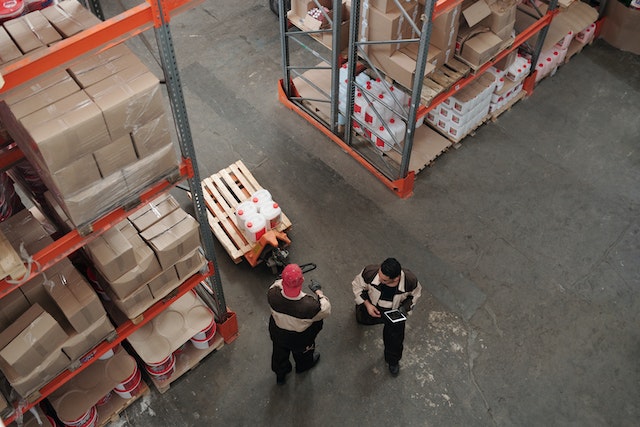Cantilever racking is a type of storage system that is ideal for storing long and bulky items such as pipes, lumber, and steel. It provides an efficient way to store and access these items without the need for manual handling.
Cantilever racking can be used in many different industries, such as construction, manufacturing, retail, and warehousing. It can help you maximize your storage space while ensuring that your goods are stored safely and securely. Investing in cantilever racking will help you improve efficiency while reducing costs associated with manual labor.
Benefits of Installing Cantilever Racking in Your Warehouse
Cantilever Racking is a type of storage system that features arms extending from a vertical column. These arms can be adjusted to accommodate various product sizes and lengths, making cantilever racking a versatile and efficient solution for storing long and bulky items. Here are some of the key benefits of installing cantilever racking in your warehouse:
Easy Access:
Cantilever racking allows for easy access to stored items, making it an ideal storage solution for long and bulky items that are difficult to store on traditional shelving. The open design of cantilever racking allows for quick and easy loading and unloading of products.
Customizable:
Cantilever racking is highly customizable and can be designed to meet the specific storage needs of your warehouse. The arms can be adjusted to accommodate different product sizes and weights, and the height of the racking can be customized to fit your available space.
Space-Saving:
Cantilever racking is a space-saving solution, as it allows for vertical storage of long and bulky items that would otherwise take up valuable floor space. This makes it an ideal solution for warehouses and distribution centers with limited space.
Durable:
Cantilever racking is designed to be durable and long-lasting, with heavy-duty arms and columns that can withstand the weight of heavy items. This makes it a cost-effective solution that requires minimal maintenance.
Efficient:
Cantilever racking is an efficient storage solution that can improve warehouse productivity by allowing for quick and easy access to stored items. It also allows for easy organization and retrieval of products, reducing the time required to find and access the items needed.
Overall, installing cantilever racking in your warehouse can provide a range of benefits, including improved efficiency, increased storage capacity, and a more organized and accessible warehouse environment.
What are the Different Components of a Cantilever Rack System?
A cantilever rack system is a type of pallet racking system that is designed to store long, bulky, or irregularly shaped items such as lumber, pipes, or furniture. Here are the different components of a typical cantilever rack system:
- Uprights: Cantilever rack uprights are vertical columns that support the horizontal arms of the rack system. They are usually made of heavy-duty steel and are available in various heights and capacities to accommodate different storage needs.
- Base: The base of a cantilever rack is the foundation of the entire system. It provides stability and supports the uprights. The base is typically bolted or welded to the floor for added security.
- Arms: The arms of a cantilever rack are the horizontal beams that extend out from the uprights to support the stored items. Arms are adjustable and can be customized to different lengths to accommodate various load sizes.
- Braces: Cantilever rack braces are the diagonal supports that connect the uprights to provide additional stability to the system. They help to distribute the weight of the load evenly across the entire system and prevent the rack from swaying.
- Accessories: A variety of accessories can be added to a cantilever rack system to enhance its functionality and performance. These include items such as column protectors, decking, and guide rails, which can improve safety and efficiency.
Overall, a cantilever rack system is a highly versatile and customizable storage solution that can be designed to meet a wide range of storage needs. Understanding the different components of the system is essential to creating a solution that works for your specific requirements.




